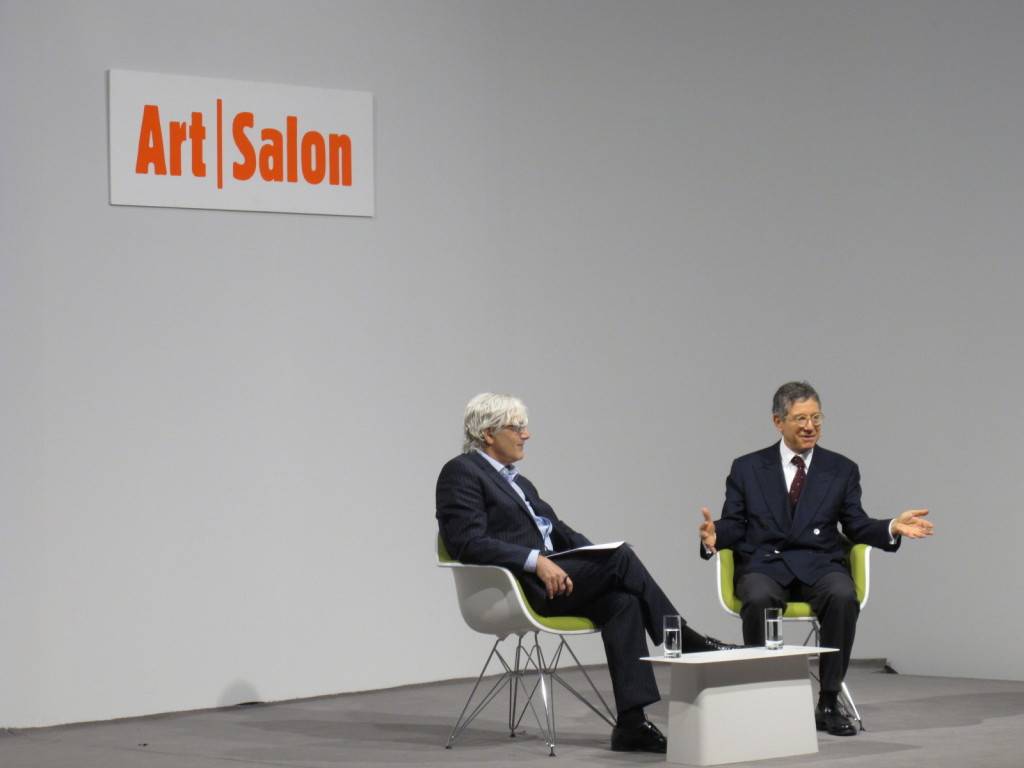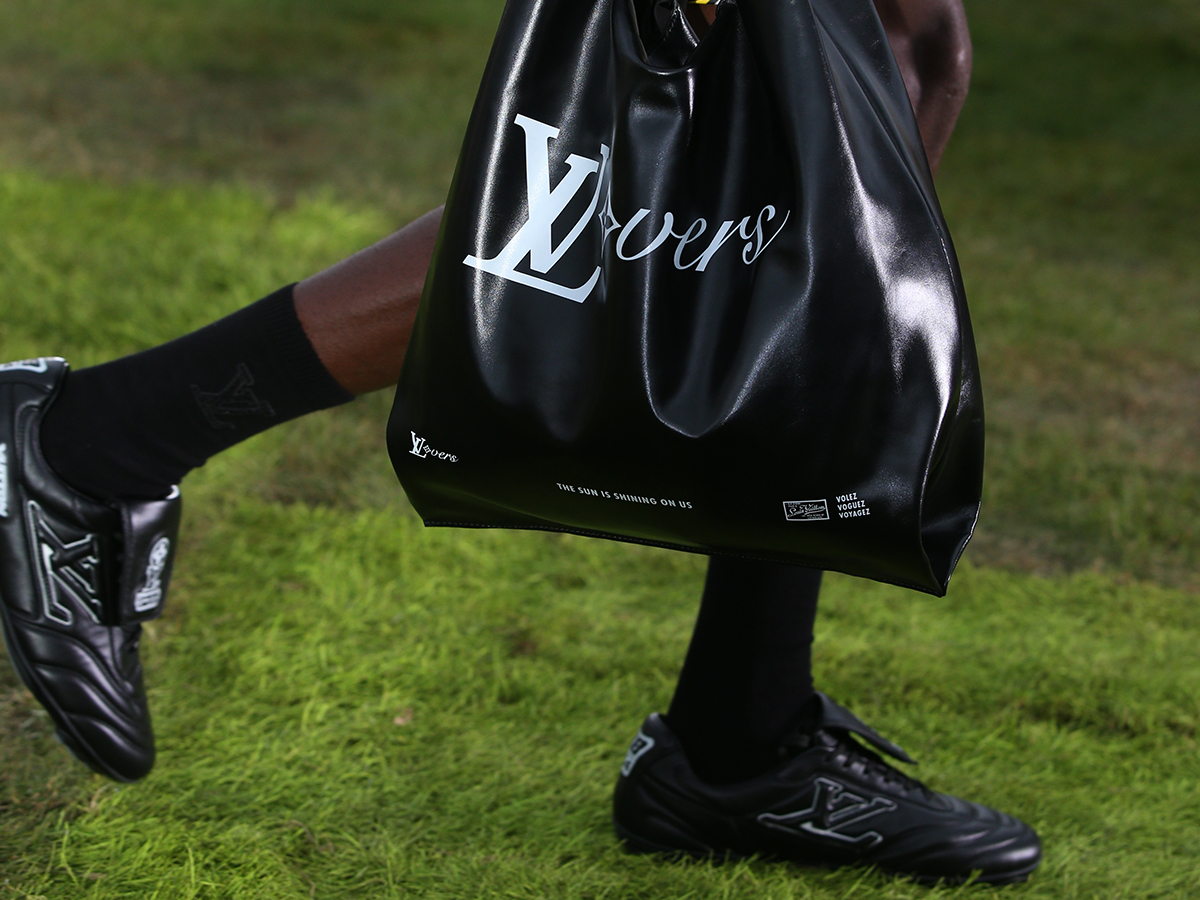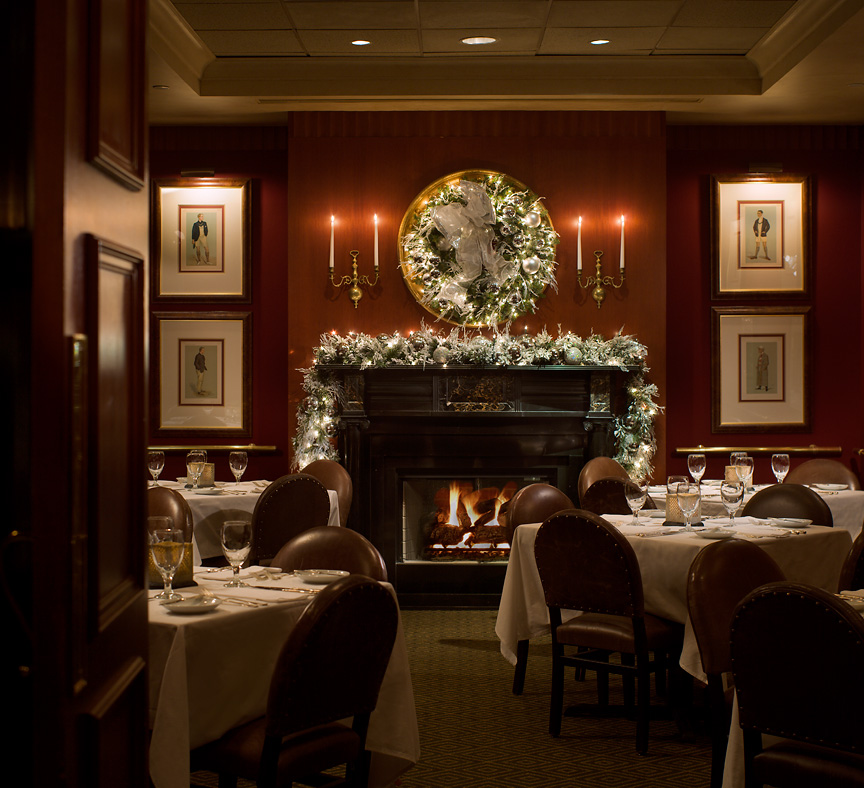Art Basel Salon Conversations: “Blurring Lines between Culture and Commerce” with Jeffrey Deitch a...

Basel, Switzerland — LA MOCA’s director Jeffrey Deitch and art consultant Josh Baer were already entrenched in a riveting conversation titled “Blurring Lines between Culture and Commerce” when I slipped in a couple minutes late. For the first installment of the Art Basel Salon conversations, the chosen pair dove right into complexities surrounding philanthropy and art collecting – and the diminishing power of museums when compared to super galleries.
Without explicitly naming names, Mr. Deitch explained that museums are incapacitated when it comes to organizing interesting and challenging exhibitions, while super galleries have nearly unlimited resources: access to collections, funding, and marketing. Recounting a case where he tried to put together an exhibition for Theaster Gates, one could hear the disappointment in his voice as he revealed the sum total of contributions: a mere $15,000. Consider the location of LA MOCA: The epicenter of America’s entertainment industry, where $100 million films are the standard. Of course, movies’ dollar returns can be easily tracked, whereas artistic enrichment is impossible to evaluate on a tangible investment scale.
Among the difficulties a museum has in raising funds, taking the post of Museum Director had its other downsides: “It was a rude awakening for me to go from the gallery world to the museum world and all of a sudden, people don’t return my phone calls,” as they probably “expected me to be asking for a contribution rather than having a conversation something interesting in art”. What is it about museums that repel the same collectors who would ordinarily be first to contribute fabrication costs for an artist’s show at a gallery?
The conversation then turned to programming at MOCA: “Art in the Streets” was an unprecedented success at LA MOCA, bringing in thousands of visitors each day over its 3-month run. Banksy, the notoriously anonymous graffiti artist, even donated $50,000 – the amount MOCA calculated they would lose in revenue – to fund a weekly free day. Pointing out the antiquated “No photography” mandates in institutions, Mr. Deitch considers online social media as an exceptional tool: by giving permission to photograph and film all the pieces in the show except for one, people were “curating their own shows on their tumblers and photo galleries”, spreading imagery far and wide – in short, providing free advertising for MOCA. It is this transparency and exchange that Mr. Deitch hopes to extend to the museum’s donorship program.
When it comes down to donorship, “In the charitable area, people have a lot of things they’re asked about”. Problems aside, Mr. Deitch believes in the museum’s endless potential: “Something that’s so inspiring, when you’re working with a big public, is when you see how many people are interested in engaging with art. The new audience is amazing.”
In regards to the ever-expanding visual audience, “Many people are nostalgic for when the art world was a small community. In Soho in the 70s, there were 5 or 6 galleries, and that’s all you needed to follow the art world. But I was always idealistic, that it would be great if art could be bigger. It’s really remarkable how it has expanded”.
Such transparency is refreshing in an industry where players are notoriously close-fisted and elusive at best. Palpably eager to engage his new audience and to continue to make art a positive, “life-enhancing experience,” Mr. Deitch is sure to inspire sustained support for decades to come.












